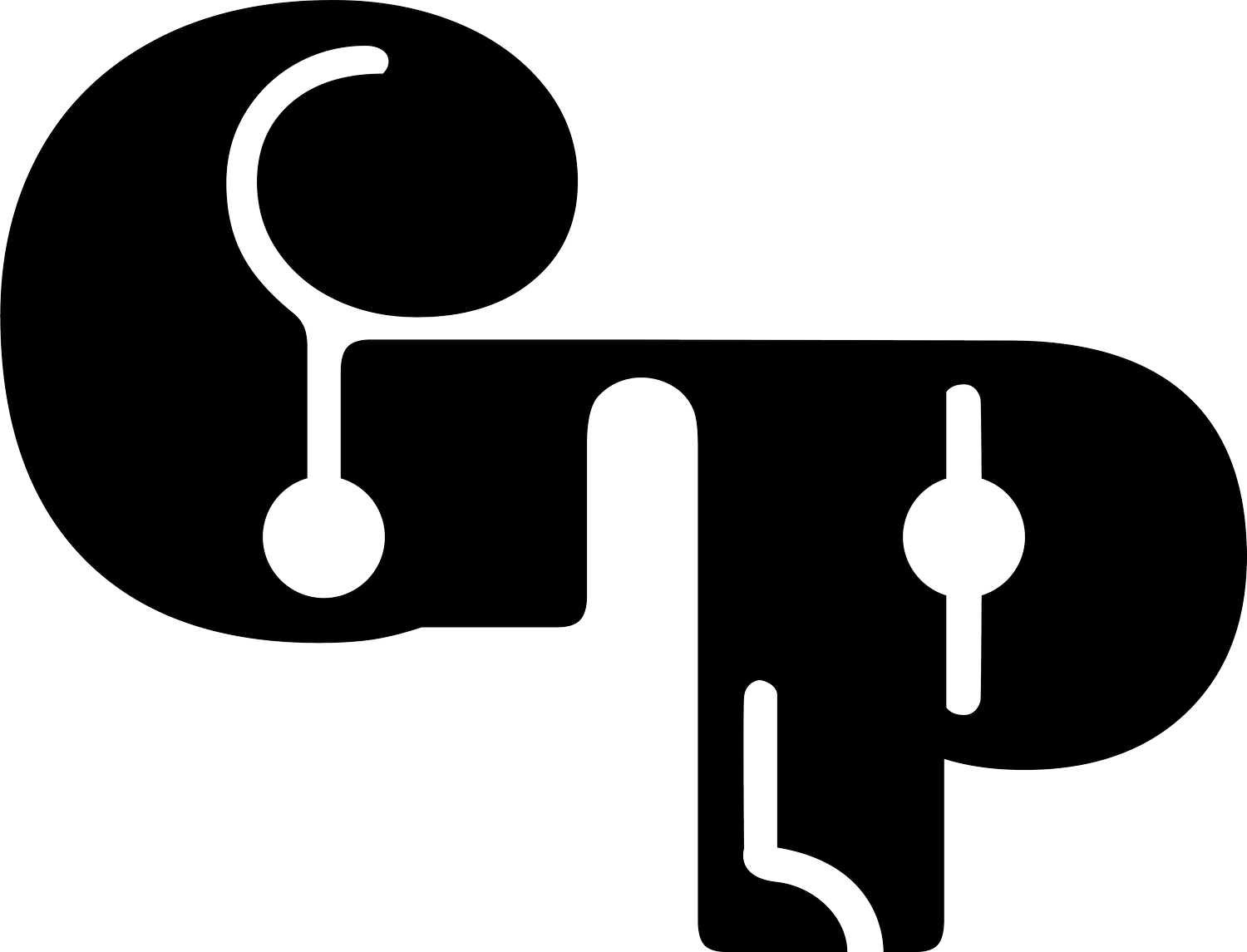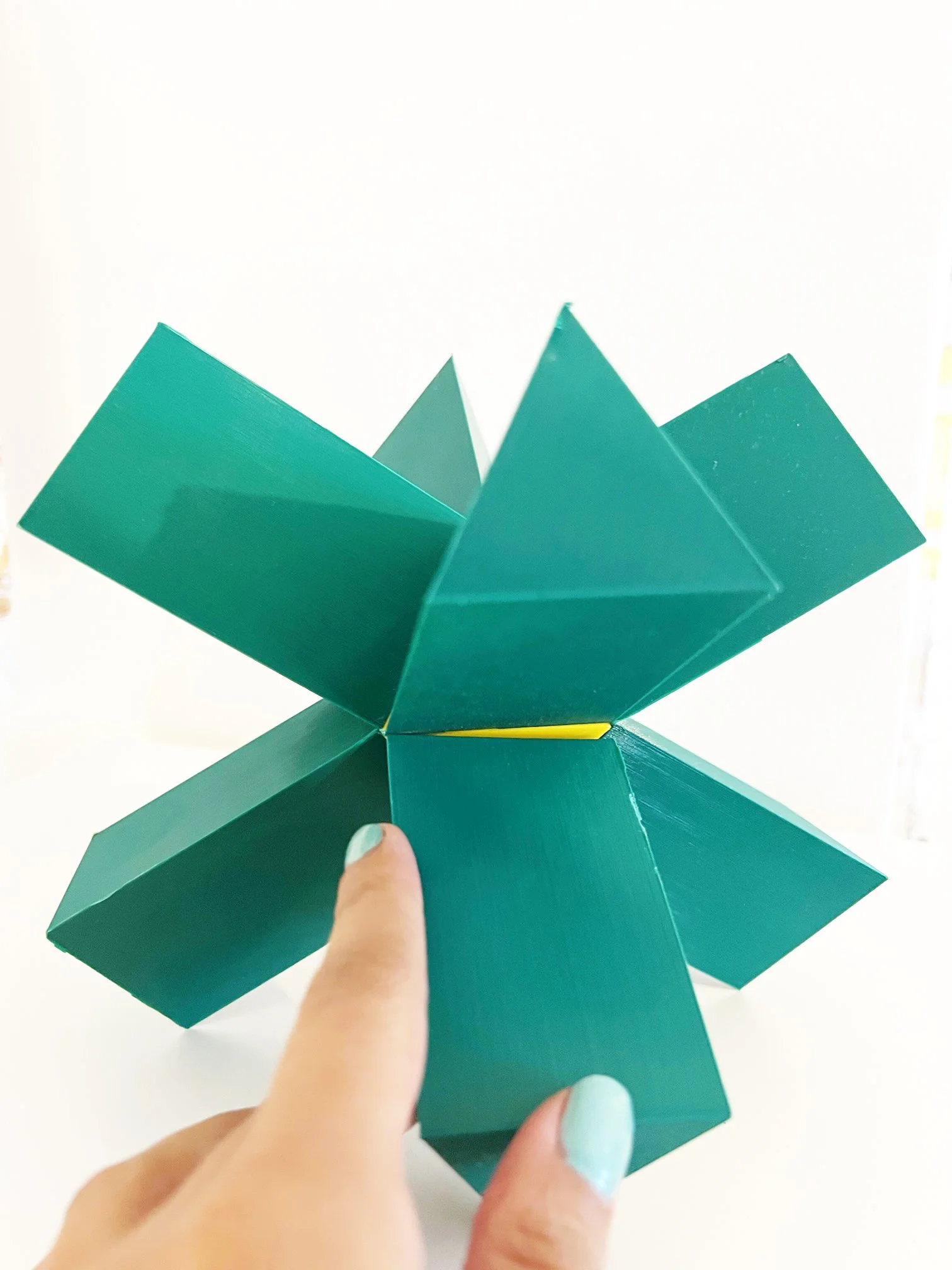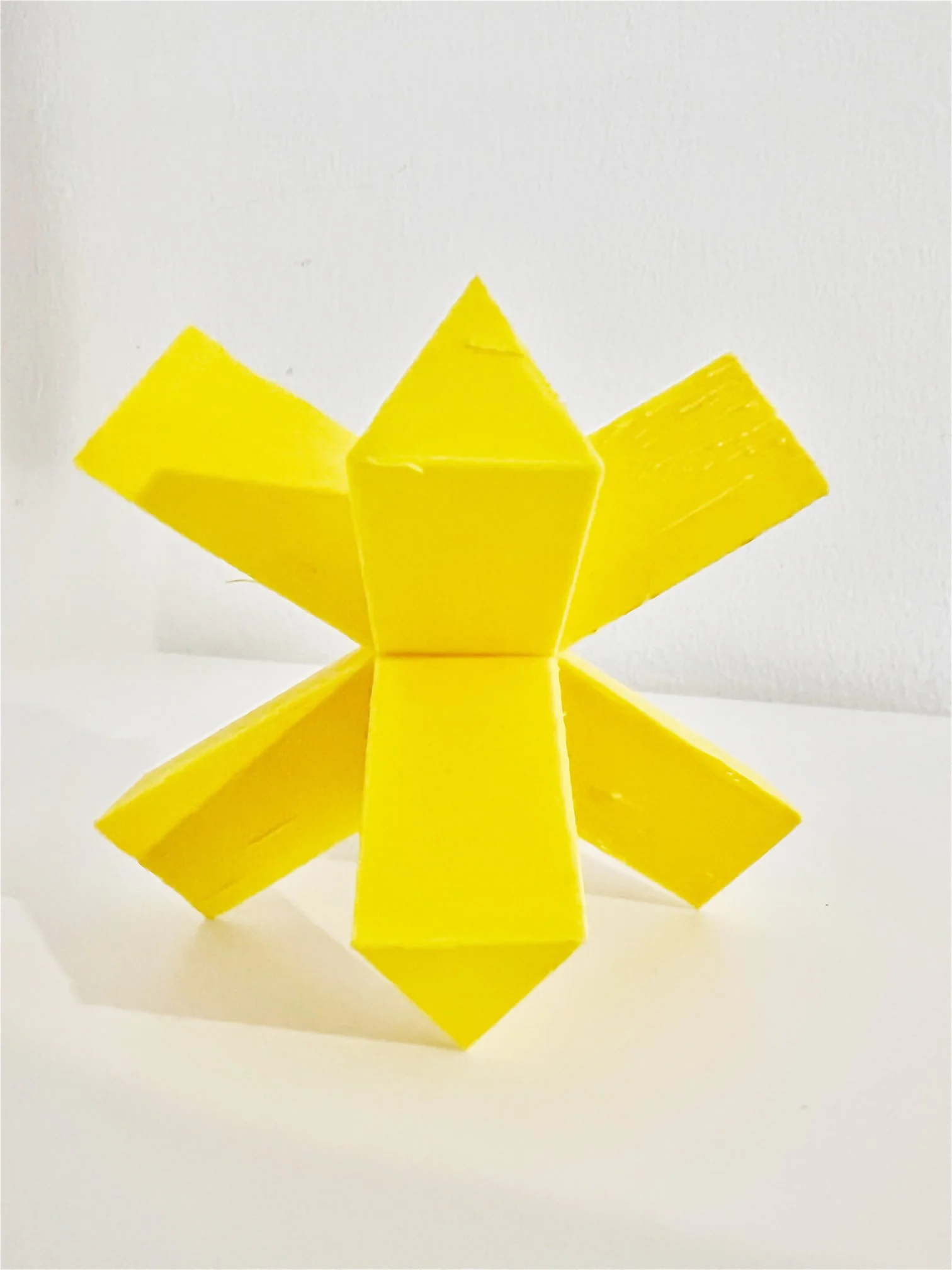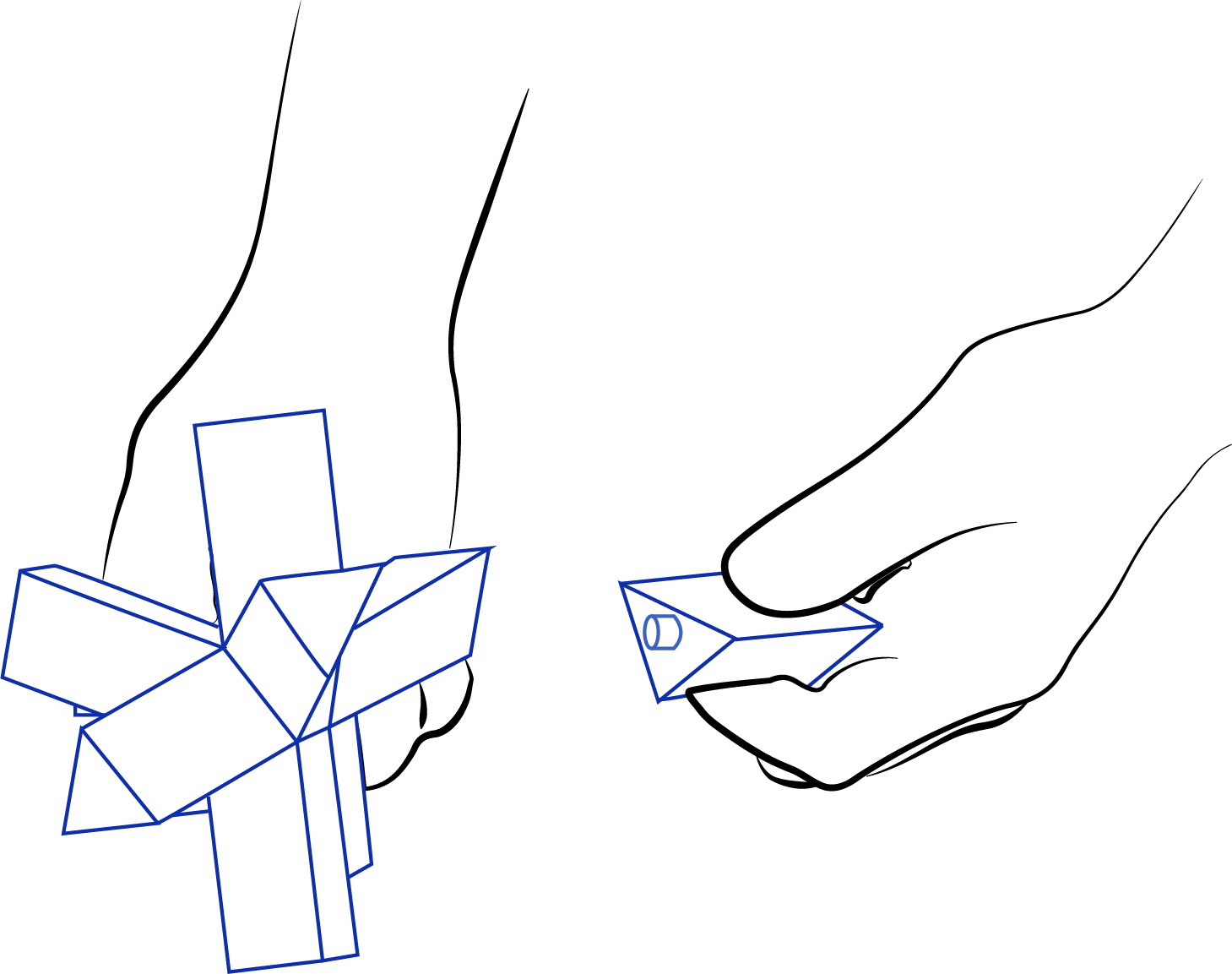Octahedron
Design Strategy
The design strategy for this learning and development tool is rooted in a single, overarching principle: to create an inviting, low-pressure environment for curiosity-driven discovery. The tool's effectiveness hinges not on a structured curriculum or mandatory modules, but on its ability to spark genuine interest and foster positive emotional connections. The following design decisions are all in service of this core mission:
Interaction-First, Information-Second
Instead of beginning with text or definitions, the user's journey will start with visual and interactive elements. The primary interface would be a dynamic, playful representation of the various pride flag colors. Users are encouraged to simply explore, tapping on colors or patterns that catch their eye. This non-linear, exploratory approach mirrors how people naturally learn about new topics—by following their curiosity. The information about a flag's meaning, its history, or the community it represents is only revealed after a user has initiated the interaction, making the process feel like a personal discovery rather than a lesson. The learning material is on a QR code that will access all of the information in one document, whilst also allowing for feedback and adjustments.
Positive Framing and Tone
The entire content and visual strategy will be built on positive reinforcement and celebration. The tool will deliberately avoid academic or clinical language, instead using an uplifting, celebratory tone to describe the meaning behind each flag and color. Information will be presented as stories of identity, history, and community resilience. The goal is to cultivate a sense of wonder and empathy, ensuring that every piece of information received is not just factual but also emotionally resonant and respectful. The design will use a vibrant, welcoming color palette and a friendly, approachable typography to reinforce this positive atmosphere.
The Bridge as a Core Mechanic
The ultimate goal of bridging communities will be integrated into the tool's core functionality. As users explore and learn about different flags and communities, the tool will gently present "bridge points"—opportunities for connection. This could be a feature that highlights shared values or experiences between seemingly separate groups, or a curated directory of inclusive communities and organizations that welcome all, regardless of identity. The design will make it easy and safe for users to transition from passive learning to active engagement, providing clear pathways to find and join real-world groups and organizations that align with their interests, reinforcing the idea that shared humanity is the ultimate goal.
Prototype
I began the design process with a 3D prototype in SolidWorks to establish the product's core structure. After finalizing the design, I 3D-printed several versions in different sizes to determine the most ergonomic fit for adult hands. While the initial prototypes had some sharp edges, this helped me refine the final shape. I was also interested in exploring a wood version and ultimately decided that using a single QR code that links to an interactive PDF would be the most effective way to provide information on the various topics.
Learning + Development Objective
The core learning and development objective for this tool is to foster knowledge and empathy between cisgender and LGBTQ+ communities by creating a low-pressure, curiosity-driven environment that promotes understanding and real-world connection.
Knowledge Acquisition
The tool aims to increase users' foundational knowledge of LGBTQ+ communities. Success is not measured by rote memorization, but by a user's voluntary engagement with the content. The objective is to enable a user to:
Identify and understand the meaning behind key pride flags and their associated colors.
Access and comprehend positive, basic information about the diverse communities and identities represented by these flags.
This is achieved by making information accessible only through curiosity and interaction, ensuring that learning feels like a personal, empowering discovery rather than a formal lesson.
Empathy and Perspective-Taking
Beyond factual knowledge, the tool's deeper objective is to build empathy. By presenting stories and information in a positive, human-centered way, it seeks to challenge preconceived notions and build a bridge of understanding. The objective is for users to:
Develop a greater appreciation for the experiences and identities of individuals within the LGBTQ+ community.
Recognize the positive value and resilience of LGBTQ+ culture, history, and community.
The design's focus on positive framing and emotional resonance is critical for achieving this goal.
Behavioral Change and Connection
The ultimate goal of the tool is to move users from passive learning to active engagement. The final objective is for users to:
Feel empowered and comfortable seeking out further information and inclusive spaces.
Actively pursue opportunities to connect with real-world communities and organizations that are welcoming to all, regardless of gender or preference.
Design Future
Personalization and Adaptive Learning
While the current design is driven by user curiosity, a future version could become more sophisticated through machine learning. For example, if a user shows repeated interest in the history behind a particular piece of information, the webpage could proactively present bite-sized stories or historical facts related to that community. This "adaptive learning" approach would tailor the experience to each individual, making the discovery process even more personal and engaging.
Deeper, Interactive Content
The initial tool focuses on positive, foundational information, but a future iteration could offer richer, multi-modal content.
Interactive Storytelling: Integrate short, animated stories or digital comics that illustrate the history and challenges of a community.
Guest Voices: Incorporate audio or video snippets from real people in the community, sharing their experiences in their own words. This would humanize the learning process and create a deeper emotional connection.
Gamification with a Purpose
The current model uses playfulness, but this could be formalized into a more robust gamified system.
"Impact Points": Instead of just points for exploration, users could earn "Impact Points" for completing challenges, like sharing a positive fact with a friend or attending a virtual event from a partnered organization.
Skill Trees: A "skill tree" could allow users to unlock deeper knowledge on specific topics, such as "LGBTQ+ History" or "Inclusive Language," as they progress. This provides a clear, satisfying sense of achievement and mastery.
Collaborative Challenges: Introduce multi-user challenges where groups of peoplecan work together to "build" a virtual community or "light up" a digital pride flag by exploring a certain number of topics. This would foster teamwork and collective purpose.
Seamless Real-World Integration
The tool's most significant future improvement would be a more robust bridge between its digital world and real-world communities.
Verified Community Directory: Build a comprehensive, curated directory of local and national LGBTQ+ organizations, community centers, and businesses that are verified as welcoming and inclusive.
Event Calendar: Integrate a calendar of inclusive events—from book club meetings to local park gatherings—that users can browse and add to their personal calendars.
Mentorship and Q&A: Create a safe, moderated space for new users to ask questions to verified community members or mentors. This would provide a personal touch and ensure that the learning process is supported by real people.







